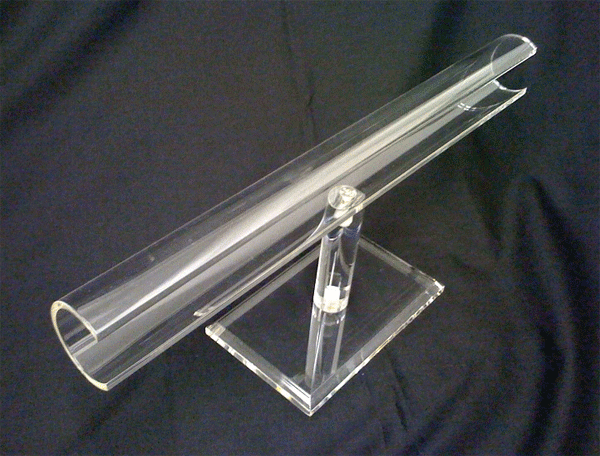There are numerous plastic fabrication processes to pick from, and you will find extensive ranges associated with flexibility of form, startup costs, costs per component part, finish time, plus the scope of manufacturing the method enables. Widely used methods include CNC (computer numerical control) machining and vacuum formation, each of which serve alternative design and style and development needs. CNC, for example, has a moderate degree of flexibility when it comes to the form, a finish period of less than a day, a medium setup cost, high cost of individual components, and accommodates large scale manufacturing. Vacuum formation, in contrast, provides a limited freedom of shape, only really suitable for developing simple shapes, and can feature a finish time of up to one month. Furthermore, since there’s a diverse range of CNC machines, from basic desktop equipment, to far more sophisticated machines, the startup costs vary from minimal to very high, and the price per part and the completion time are significantly diverse, and determined by the sophistication of the equipment.
Overview Of CNC Machining
CNC machining is a computer governed subtractive approach, which removes material from plastic as a way to generate the desirable shape. The computer is high-tech, with the capability to change a design into figures by using a computer aided designs computer software program. The figures are then able to manipulate the machine to cut the required shape. To set up, the pieces of equipment need an intermediate step in the development and validation of tool paths. When the machine receives the tool paths, the subtractive procedure is started. Once the construction is finished, the component is cleansed, smoothed, and trimmed.
For low quantity plastic component part applications that require tight tolerances and forms which are difficult to mould, machining is suitable. CNC machining also offers minimal to medium initial expenses, and can also manufacture high quality plastic pieces with minimal finishing times. However, with an increase of product difficulty, the charge per part increases. On top of that, the method requires tool access considerations, and certain designs, for example those with rounded inner channels, are near-impossible to create with CNC manufacturing.
Overview Of Vacuum Formation
Vacuum formation is a method through which plastic material is heated up and moulded, typically working with a mould. The size and intricacy of vacuum-forming machines range from inexpensive desktop devices to advanced manufacturing machinery. {This great site www.displaydevelopments.co.uk provides extensive more information on the topic of acrylic drum manufacturers. Go here for additional information Perspex machining.|{For everybody who is looking for additional information in relation to plastic prototype cost this particular internet page plastic fabrication company features quite a few more articles and blog posts relevant to custom plastic forming. This website plastic distributors and fabricators offers quite a bit more information on the topic of plastic prototyping companies. There are a few prototyping plastic products web pages inside the Uk, if you’re looking to find out more or alternatively purchase prices this site is a popular starting point
It is often suited to any task, from tailor-made designs to large-scale fabrication, taking into consideration the large array of machinery offered and that also automation is an option when necessary. Nonetheless, there’s minimal versatility in the different types of design it can produce, and is also unfortunately only competent to build components with basic geometries. When compared with other methods, tooling costs are low, simply because vacuum formation merely needs low forces and pressures. Commonly, for small manufacturing sizes the moulds are constructed of 3D printed resin, or even plaster, and for larger manufacturing sizes more robust equipment made of metal is commonly used.
The production process begins with a sheet of plastic being clamped and heated up so that the plastic becomes mouldable. The plastic is then placed into the mould and chilled, and often fans as well as other cooling strategies are utilised in order to speed up the cooling process. The last stage entails any excess plastic being taken off.

